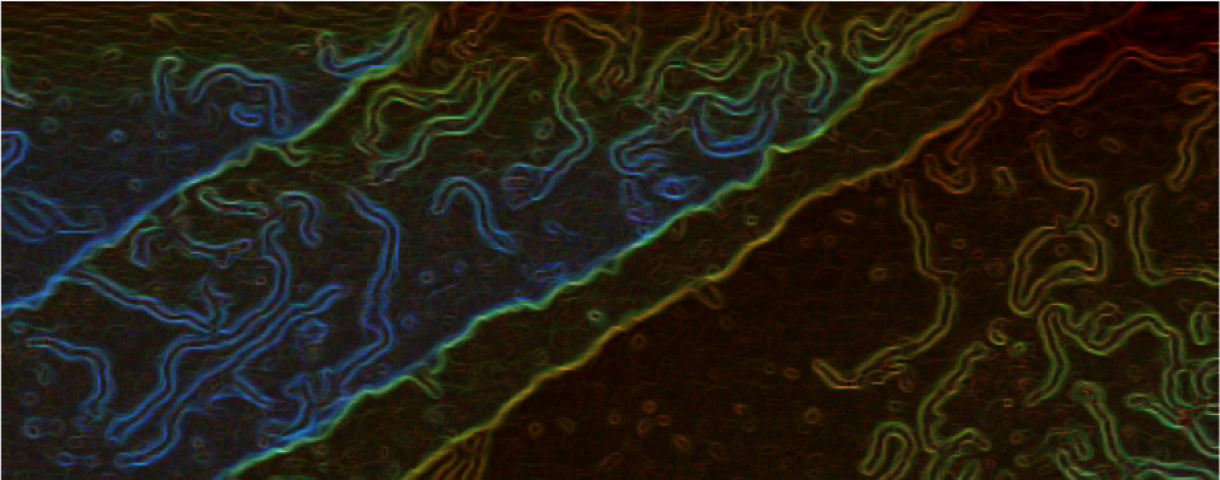Unconventional science by unconventional people
First results of astrophysical relevance obtained with the Stardust (Nat. Astron. 2020)

The first results of astrophysical relevance obtained with the Stardust machine evidence a prevalence of non-aromatic species in the inner regions of circumstellar envelopes Image taken from https://www.bbvaopenmind.com/ciencia/fisica/un-viaje-a-la-ultima-frontera-i-las-atmosferas-de-las-estrellas/ This work is part of the results obtained in the framework of the European project ERC…
From the kitchen to the lab (2D Materials 2019)

We have developed a simple method to reversibly decouple the graphene form a metal substrate by Na intercalation. This strategy is based on the photo-dissociation of a previously adsorbed NaCl layer on graphene. Upon a short exposure to an X-Ray beam, the NaCl molecules break, the chlorine desorbs and the…
Inducing Intermolecular C-C Covalent Bonds between PAHs by Exposure to Atomic Hydrogen (JACS 2019)
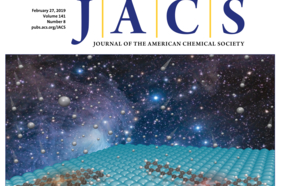
The ESISNA group, in collaboration with the Nanotech@surfaces group from Empa (Switzerland), has demonstrated the catalytic role that atomic hydrogen can play in the formation of new intermolecular C-C covalent bonds on relatively inert surfaces. For this purpose, we have annealed a Au(111) surface, previously covered with different PAHs, in…
Comparative structural characterization of two types of graphene layers on SiC (Appl. Surf. Sci. 2019)

We have studied epitaxial graphene grown on SiC by chemical vapour deposition. In the work, two kinds of graphene layers were evaluated, a single layer graphene and a quasi-free-standing graphene obtained by hydrogen intercalation under the buffer layer. To evaluate the influence of the different nature of both graphene layers…
ESISNA at the «On-Surface Synthesis» international workshop 2018

On-surface synthesis is nowadays a promising and potential strategy for the development of novel nanomaterials. This approach allows not only to achieve materials of different dimensionalities such as 0D nanoobjects, 1D nanowires or even 2D networks for diverse applications but also the possibility to manipulate the molecules at the atomic…
On-surface chemistry: synthesis of azine derivatives with acceptor behaviour (Angew. Chem. 2018)
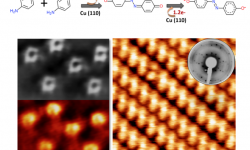
On-surface chemistry is a potential strategy focused on obtaining and developing novel nanomaterials of different dimensionalities with atomic precision. The growth mechanism is based on a bottom-up approach where molecular building blocks are evaporated onto a surface. Therefore, choosing the appropriate surface and precursor we are able to build and…
The experimental setup to understand how cosmic dust is formed is ready to use (Sci. Rep. 2018)
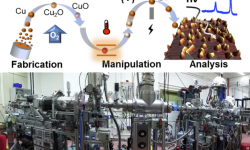
The Stardust machine constitutes a unique experimental setup designed for simulating in the laboratory cosmic dust formation and its evolution towards the ISM. Stardust consists of six UHV modules assembled together specially designed to mimic the conditions found in the atmosphere of AGBs. We have succeeded to scale-up a…
Decoupling epitaxial graphene from metals by electrochemical oxidation (Carbon 2018)

The catalytic role of metallic substrates is a perfect starting point for growing high quality graphene layers by thermal decomposition of aromatics. However, metallic substrates quench the outstanding properties that make graphene the most promising material for future applications. Thus, protocols to transfer graphene to different technologically relevant substrates are…
An atomic-scale look to graphene edge states (Nanoscale 2017)
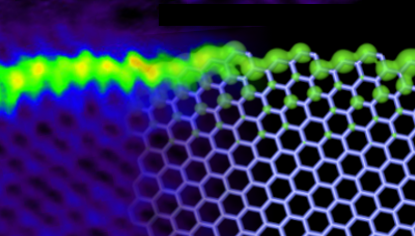
Graphene edges are known to present localized electronic states that depend on the exact atomic configuration of the graphene border. It has been predicted that zigzag-ended and chiral-ended graphene nanostructures develop spatially and spectrally localized edge states around the Fermi level. However, experimental evidence remains scarce as atomic-scale investigations of…






